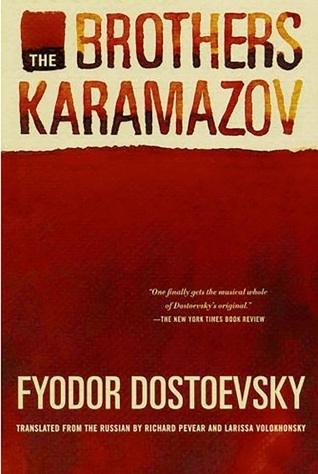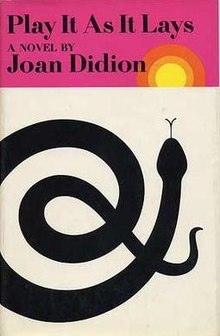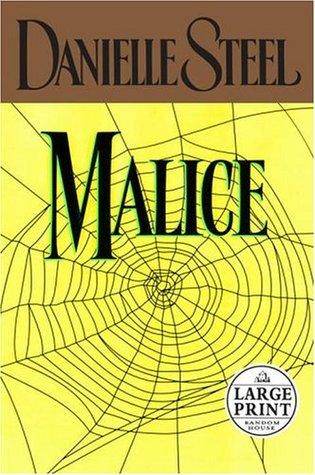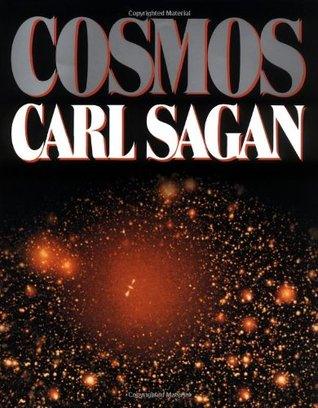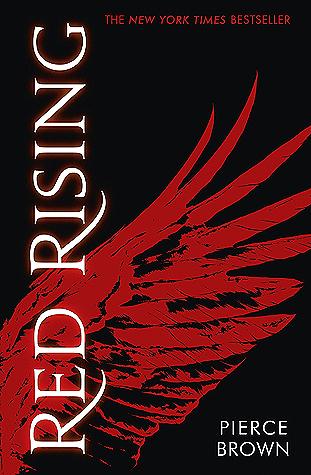The Masterpiece by Émile Zola Book Summary
Discover a comprehensive summary and insightful review of "The Masterpiece" by Émile Zola. Explore key themes, character analysis, and the novel's impact on literature. Uncover the essence of Zola's masterpiece and enhance your understanding of this classic work.
The Masterpiece Book Summary
Émile Zola's "The Masterpiece" offers a haunting exploration of artistic ambition and creative failure in 19th-century Paris. This powerful novel follows Claude Lantier, a struggling painter whose relentless pursuit of the perfect masterpiece ultimately leads to his tragic downfall. Through Lantier's story, Zola masterfully examines the tension between artistic vision and public acceptance, revealing the devastating psychological toll of unfulfilled creative dreams. The novel serves as both a critique of the art world and a deeply personal meditation on the price of artistic integrity, making it essential reading for understanding French naturalism and the eternal struggle between art and society.
Internal linking to Winesburg, Ohio Book Summary, Review & Key Insights enriches your content by guiding readers to detailed analyses, enhancing engagement and SEO value through relevant, authoritative connections within your site.
The Masterpiece by Émile Zola - Introduction
I had no idea how brutally honest the art world could be until I dived into The Masterpiece by Émile Zola. At first, I thought it would be just another historical novel about painters, but it completely flipped my perspective on creativity and the sacrifices artists make. What really surprised me was how Zola showed the raw struggle behind creating something truly original—not just the glamour or the final masterpiece we usually see.
I picked up this book because I’m a sucker for French Literature and anything set in 19th-century France, but it turned out to be so much more than just a period piece. It’s a deep dive into the messy, passionate, and often heartbreaking life of an artist trying to break free from conventions. The 464 pages might seem like a commitment, but honestly, the way Zola writes, it feels like you’re right there in Paris with the characters, soaking in every brushstroke and emotion. You can probably finish it in about two weeks if you read a bit each day.
If you’re someone who loves Classics, Literary Fiction, or just appreciates stories about the human spirit and artistic ambition, this one’s for you. It’s perfect if you ever felt like your passion was misunderstood or if you’re curious about what really goes on behind the scenes in the art world. Trust me, after reading this, you’ll never look at a painting the same way again.
What is The Masterpiece About?
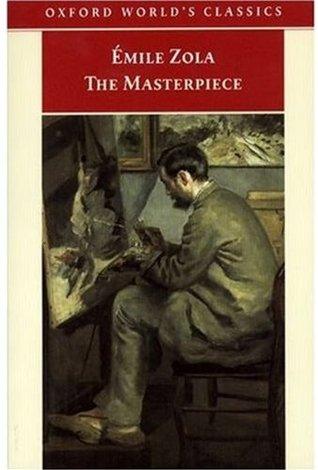
The Masterpiece by Émile Zola explores the life of a struggling painter, Claude Lantier, who grapples with the challenges of artistic ambition and the harsh realities of the art world in 19th-century Paris. The book's main message highlights the tension between personal passion and societal expectations, illustrating how the pursuit of true art can lead to both fulfillment and despair. Key concepts include the conflict between realism and idealism in art, the impact of societal pressures on creativity, and the destructive nature of obsession in the quest for artistic recognition.
About Book Author - Émile Zola
It's a real pleasure to introduce our next speaker. Now, Émile Zola didn't start out as the voice that would later expose societal truths in works like Germinal or dissect human nature as in Nana. What's interesting about Émile Zola, and something I've come to appreciate about his path, is how his own early struggles with poverty deeply informed his perspective. This wasn't just academic for him; he felt the desperation and the drive of those on the fringes. This empathy, this firsthand knowledge of what it means to strive, is precisely what led him to pen The Masterpiece. He wasn't merely an observer of the art world; he was a confidant, a friend, walking alongside figures like Cézanne, witnessing their creative battles and heartbreaks. This immersion, combined with his dedication to capturing the unvarnished truth – a thread you see throughout his Rougon-Macquart series – gave him an unparalleled insight. He understood the artist's soul because he lived amongst them, making him uniquely qualified to explore the consuming passion and sacrifice at the heart of The Masterpiece.
More Books To Find
The Masterpiece - Book Overview
It's about the struggles of an artist trying to find his place in the world of art and society. The protagonist, Claude Lantier, is deeply passionate about painting but faces constant rejection and societal pressures. It captures the tension between creativity and commercialism, showing how difficult it is to stay true to your vision.
Zola wrote it to explore the idea of naturalism in literature, showcasing how environment and society shape individual destinies. He wanted to highlight the harsh realities artists face, not just the romanticized version we often see.
What sets it apart from other books on art is its raw honesty. While many novels romanticize the artist's life, Zola dives into the darker, more painful aspects—like the self-doubt and obsession that can consume an artist. It feels very real, almost like a documentary.
One specific story that stuck with me is Claude’s intense rivalry with his fellow artists, which leads to a pivotal moment where he realizes that his quest for perfection might be his downfall. It’s a striking reminder of how ambition can drive us, but also tear us apart. The way Zola portrays this internal conflict is haunting and relatable, making it a powerful read.
Key Insights of The Masterpiece
The Masterpiece by Émile Zola offers profound insights into the world of art and the struggles of the artist. Here are five key points:
-
Struggle for Authenticity: The protagonist, Claude Lantier, represents the tension between artistic integrity and commercial success. His quest for authenticity in his artwork highlights the challenges artists face in remaining true to their vision while seeking recognition.
-
Impact of Society: Zola illustrates how societal expectations and criticism can stifle creativity. The art world depicted in the novel is rife with competition and judgment, reflecting the harsh realities that artists endure, which can lead to self-doubt and despair.
-
Art as a Reflection of Life: The novel emphasizes that art should mirror real life and the human experience. Claude's struggle illustrates the importance of capturing the essence of reality in art, which resonates with audiences on a deeper level.
-
The Role of Passion: Zola portrays passion as both a driving force and a double-edged sword for artists. While it fuels creativity, it can also lead to obsession and personal turmoil, showcasing the emotional stakes involved in the artistic process.
-
Isolation of the Artist: The narrative highlights the loneliness that often accompanies the artistic journey. Claude's relationships suffer as he becomes consumed by his work, underscoring the sacrifices artists make in pursuit of their craft and the emotional toll it can take.
These insights collectively paint a complex portrait of the artistic life, revealing both its beauty and its challenges.
Who Should Read This Book
"The Masterpiece" by Émile Zola is a must-read for art enthusiasts, aspiring artists, and anyone interested in the struggles of creative expression. This novel delves into the life of a painter navigating the complexities of the Parisian art world, making it particularly appealing to those who appreciate the intersection of art and society. Additionally, readers who enjoy literary explorations of ambition, failure, and the pursuit of passion will find Zola's vivid storytelling and rich character development compelling. Ultimately, this book resonates with anyone seeking insight into the artistic journey and the societal pressures that shape it.
Read If You Are
- Interested in the struggles of artists and the creative process.
- A fan of naturalism and literary realism in fiction.
- Seeking insight into 19th-century French society and its impact on art.
Skip If You Are
- looking for a fast-paced, action-driven narrative
- uninterested in detailed character development and social commentary
- preferring light, escapist fiction over classic literature
Important Takeaways from this Book
-
Dedicate Time Daily to Your Craft: Set aside at least one hour each day to work on your artistic skills, whether painting, writing, or any other medium. Consistent practice builds mastery and confidence, allowing you to express your creativity more freely. Ensure you have a quiet space free from distractions.
-
Seek Constructive Criticism: Share your work with trusted peers or mentors and ask for honest feedback. This helps you identify areas for improvement and encourages growth. Approach this with an open mind, ready to learn and adapt.
-
Study the Greats: Choose one artist or author whose work you admire and analyze their techniques. Spend a week observing their style, themes, and methods. This will inspire you and broaden your understanding of your own craft, enabling you to incorporate new ideas into your work.
-
Create a Vision Board: Gather images, quotes, and inspirations that resonate with your artistic goals. Spend an afternoon assembling these into a visual representation of your aspirations. This board will serve as a daily reminder of your objectives and motivate you to stay focused on your journey.
-
Join an Artistic Community: Find a local or online group of like-minded creatives to share experiences and collaborate. Engaging with others fosters accountability and can spark new ideas. Look for groups that align with your interests and be prepared to contribute actively.
Book Review
I picked up "The Masterpiece" by Émile Zola expecting a gripping tale of artistic ambition and the struggles of a painter in 19th-century Paris. While I did get that, the novel also offered a lot more—both in terms of depth and complexity.
Zola’s writing style is immersive and rich, vividly painting the bohemian life of artists. The strength lies in his detailed character studies; for instance, the protagonist, Claude Lantier, is a fascinating exploration of genius and madness. I found myself deeply invested in his turbulent journey, especially in scenes where his passion for art clashes with societal expectations. Zola's ability to capture the essence of the Impressionist movement was a highlight for me, making the artistic struggles feel palpable.
However, I did feel the pacing dragged at times, particularly in the middle sections. There were moments where the narrative became overly descriptive, which, while beautiful, sometimes pulled me out of the story. A tighter focus on plot progression would have enhanced the reading experience.
Compared to other literary works about artists, like "The Picture of Dorian Gray," Zola’s approach is more grounded in realism, which I appreciated, but it may not appeal to those looking for a more fantastical or romanticized depiction of art.
Overall, I found "The Masterpiece" to be a thought-provoking read that highlights the sacrifices artists make for their craft. I’d recommend it to anyone interested in art, history, or Zola’s work. However, if you prefer fast-paced narratives or straightforward plots, this might not be the book for you.
Final Thoughts
If I'm being honest, finishing The Masterpiece left me with a mix of admiration and frustration. Zola's exploration of the art world is both brilliant and brutal, capturing the struggles of creativity and the harsh realities artists face. My overall takeaway is that it’s a profound commentary on the sacrifices one makes for their passion, and how society often fails to recognize true genius until it's too late.
I'd definitely recommend this if you're someone who appreciates deep character studies and can tolerate a slower pace. However, skip this one if you’re looking for a light read or a fast-paced plot. The thing that surprised me most was how Zola delves into the emotional turmoil of his characters, making their struggles feel incredibly real and relatable.
Months from now, I think the relentless pursuit of artistic integrity will stick with me. It’s a reminder of the importance of staying true to oneself, even when faced with adversity. While I enjoyed reading it, I’m not sure I’d dive into it again, but I’d recommend the full book over a summary for anyone serious about understanding the nuances of art and life.
Overall, it was a thought-provoking journey, and I’m glad I took the time to read it.
Frequently Asked Questions
How long does it take to read The Masterpiece?
The average reading time for "The Masterpiece" by Émile Zola, which has 464 pages, is approximately 12 to 15 hours, depending on your reading speed. This translates to about 1 to 2 weeks if reading a few chapters daily.
What makes "The Masterpiece" different from other books in this genre?
The Masterpiece stands out for its intricate portrayal of the artistic struggle, blending realism with deep psychological insight. Zola's vivid characterizations and exploration of societal pressures provide a unique lens on the art world, elevating it beyond typical narratives in the genre.
Who is the target audience for The Masterpiece
The target audience for "The Masterpiece" by Émile Zola includes readers interested in realist literature, art, and the struggles of creative individuals. It appeals to those who appreciate deep character exploration and social commentary, particularly in the context of 19th-century French society.
Are there any criticisms or limitations of The Masterpiece
Critics often point to the book's dense prose and slow pacing, which may deter some readers. Additionally, some argue that Zola's focus on artistic struggle oversimplifies the complexities of the creative process, potentially alienating those seeking a more nuanced exploration of art and life.
What is the main theme of The Masterpiece by Émile Zola
The main theme of "The Masterpiece" by Émile Zola revolves around the struggles of an artist in the pursuit of success and recognition, exploring the tension between artistic integrity and commercial demands, as well as the impact of societal influences on creativity and personal relationships.
Tags:
Émile Zola, The Masterpiece, The Masterpiece Book, The Masterpiece Book Rating, The Masterpiece Book Review, The Masterpiece Book Summary, The Masterpiece By Émile Zola, The Masterpiece Description, The Masterpiece Short Summary
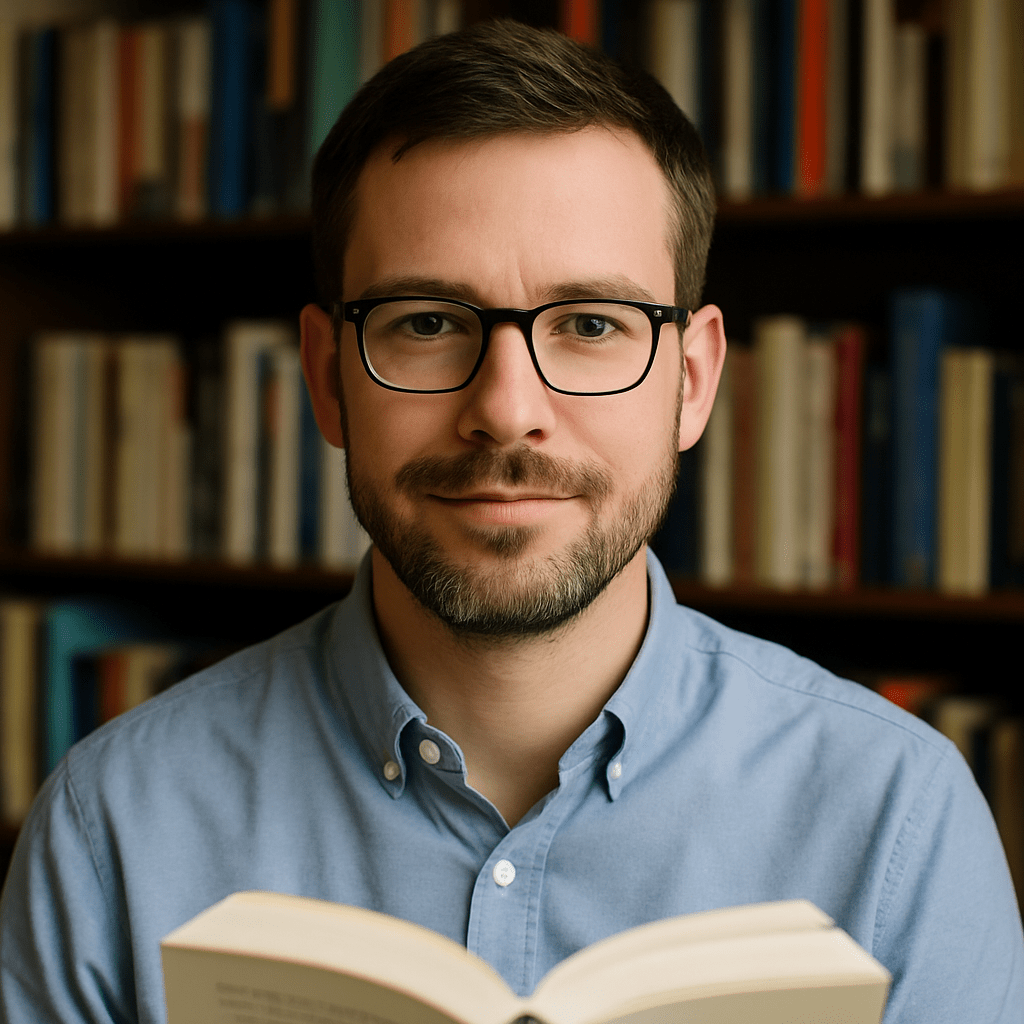
Michel Fisher
Michel Fisher is a passionate fiction enthusiast and book blogger who writes about emotional reads, character-driven stories, and contemporary romance authors that captivate hearts and minds.

The Masterpiece
Book Overview
Description
The Masterpiece is the tragic story of Claude Lantier, an ambitious and talented young artist who has come from the provinces to conquer Paris but is conquered instead by the flaws of his own genius. Set in the 1860s and 1870s, it is the most autobiographical of the twenty novels in Zola's Rougon-Macquart series. It provides a unique insight into Zola's career as a writer and his relationship with Cezanne, a friend since their schooldays in Aix-en-Provence. It also presents a well-documented account of the turbulent Bohemian world in which the Impressionists came to prominence despite the conservatism of the Academy and the ridicule of the general public.
Key Points
Art reflects society's struggles
Characters
Claude Lantier, Pierre Sandoz, Louis Dubuche, Christine Hallegrain
Publisher
Oxford University Press
First Publish Date
10/30/86

